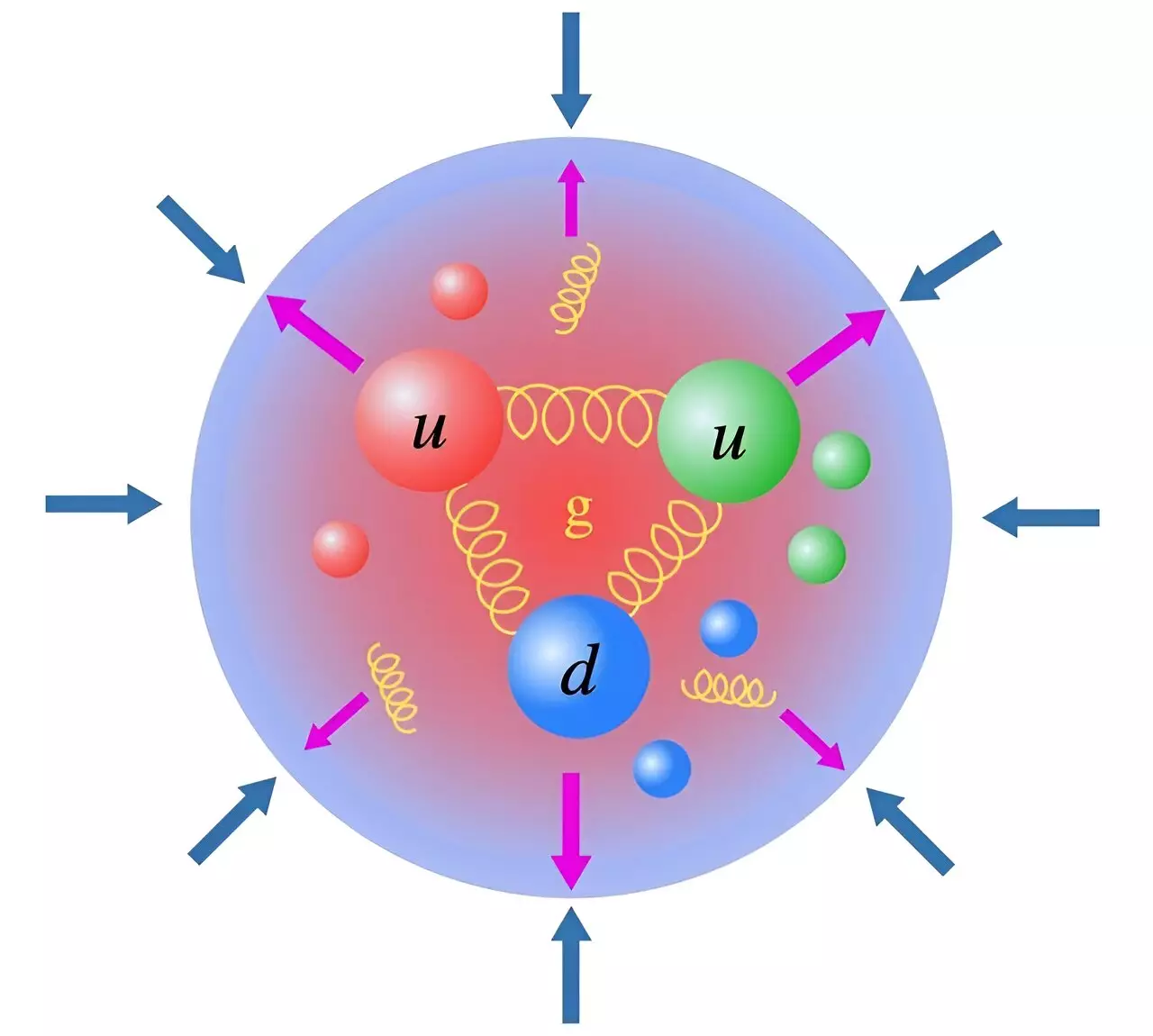Quantum chromodynamics (QCD) is a theoretical framework used to study the forces within atomic nuclei and their components, such as protons and neutrons. One of the key areas of research in QCD is the containment of quarks and gluons within nucleons. These forces are mathematically compared to gravity, but the presence of quantum effects like the trace anomaly adds complexity to the dynamics within nucleons.
Recent studies have focused on measuring the trace anomaly using the production of charmonium, a subatomic particle created in research facilities like the Thomas Jefferson National Laboratory and the Electron Ion Collider. The ability to measure and calculate the trace anomaly using QCD provides valuable insights into the pressure and mass distributions within hadrons, which are particles made up of quarks and gluons.
The confinement of particles within hadrons and superconductors can be described using similar mathematical frameworks. This parallels the role of the cosmological constant and dark energy in explaining energy and pressure in the context of universal expansion. By exploring the trace anomaly experimentally and through lattice QCD calculations, researchers gain a direct way to investigate the dynamics of quantum chromodynamics.
The concept of energy, pressure, and confinement is pervasive across various physical systems, ranging from microscopic particles to the cosmic scale. This interconnectedness offers a unified approach to understanding diverse phenomena in physics, bridging the gap between different scales and systems within the realm of quantum chromodynamics.



Leave a Reply